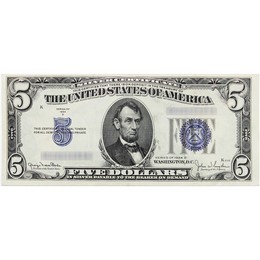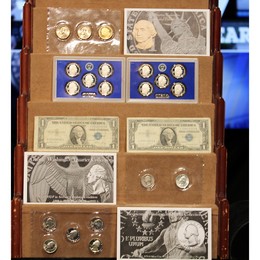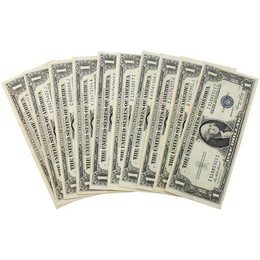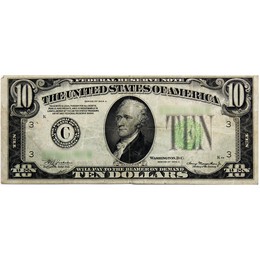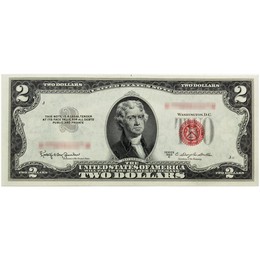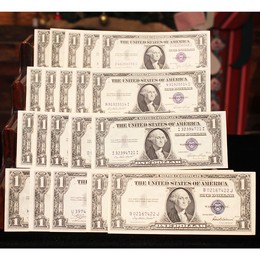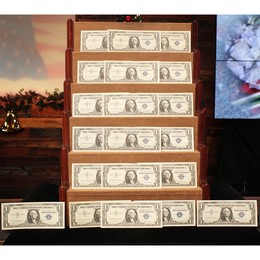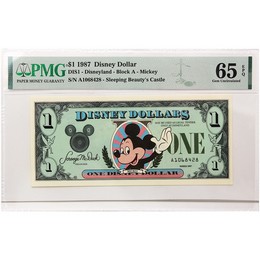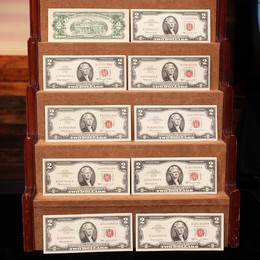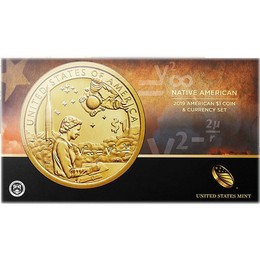Currency & Paper Money
Federal Reserve Notes, silver certificates, red seals, uncut sheets and foreign materials.

The History of Currency Notes
The journey of paper currency in the United States began in the 17th century with the Massachusetts Bay Colony issuing the first paper money in 1690, enabling colonists to trade without cumbersome coins. The use of paper currency expanded notably during the Revolutionary War, when the Continental Congress issued 'Continental' notes to finance military operations. Despite their initial utility, these banknotes quickly depreciated, underscoring the challenges of maintaining paper money's value.
Several historic banknotes have indelibly shaped the financial landscape. The introduction of the $100 bill featuring Robert Morris in 1861 marked a shift toward a stable and recognizable currency. The 'Greenback' notes during the Civil War further demonstrated the government's reliance on paper currency to fund war efforts, influencing public trust in currency notes.
The shift from gold-backed currency to fiat money represented a profound change in the U.S. monetary system. In 1971, President Nixon ended the Bretton Woods system, which had pegged the US dollar to gold, allowing currency issuance without gold reserve constraints. Today, Federal Reserve Notes are backed by the issuing government's faith and credit, making them integral to the global economy. Silver certificates, once exchangeable for silver, are now sought after by collectors for their historical significance.
Diverse Types of Currency Notes
Currency notes are issued in various denominations tailored to transaction values. In the United States, Federal Reserve Notes span from $1 to $100, with $50 and $100 notes often reserved for larger transactions.
Special edition and commemorative banknotes also hold an important place in currency collecting. Released to commemorate historical events, anniversaries, or notable figures, these notes can become valuable collectibles over time. For example, the U.S. Mint releases commemorative notes celebrating pivotal moments in American history, attracting collectors and investors alike. At The Coin Vault, we offer a diverse range of currency notes, including standard and special edition pieces, for those seeking to enrich their collections. Among these, silver certificates are a notable collectible, representing a bygone era of currency notes backed by tangible assets.
Types of United States currency notes include but are not limited to Colonial currency, Continental currency, Military Payment Certificates, Federal Reserve Notes, Silver Certificates, Gold Certificates, Legal Tender Notes, Federal Reserve Bank Notes, National Bank Notes, Treasury Notes, Fractional Currency, Obsolete Currency, and Confederate States of America Paper Money.

